Even for the non-religious, it is impossible to walk in the footsteps of the millions who have trudged, bled, prayed, laughed and cried along this route for over 1,000 years, and to see the monuments that have been inspired by that faith, and not be moved.
It is impossible to be exposed to the openness and generosity of your fellow pilgrims and the native Spaniards along the way and not be inspired to introduce more of that behaviour into your own pilgrimage through life.
from Solo in Spain by Rocco Rossi
Twenty-one years ago I (Ruth) read these words on a blustery January day while sipping my morning latte in a café at the edge of the North American continent. By the time I put down the newspaper I had determined that I simply had to go on this hike. The following spring, on April 29th, I stepped on the plane to leave for a pilgrimage that would change my life.
Little did I know that it would also change the lives of my husband
and my daughter who was to be born the following year. But that is another story.Maybe a simpler way to say it is that the Camino pilgrimage is not just an ancient trail that has been trodden by millions of pilgrims over the centuries, with stunning landscapes and glorious historic monuments, but a place of great spiritual inspiration. It is also a place where time reaches deep into the past, while slowing pilgrims down to the actual pace of life — on the Camino time moves at the speed of feet.
For those who have walked the Camino, myself included, the very act of walking, for hours each day along the trail, is grounding and illuminating. You discover a steady rhythm of movement, a simplicity and flow of being, a quiet wonder at the mountains and eucalyptus forests and hills bathed in wildflowers, a profound awe at the ancient silences of the old churches, a feeling of bonding with fellow pilgrims—this and so much else that is utterly foreign to modern technological life, and which brings you back into connection with parts of yourself that you might have forgotten, or never experienced before.
Once you have walked the Camino, you will walk it every day for the rest of your life.
Russ Eanes, The Walk of a Lifetime
We are excited to announce that my husband Gaskovski, author of Exogenesis (Ignatius Press), and I, along with Dr. , will be leading a Camino Pilgrimage this summer from June 14-24.
We would love for you to join us on this pilgrimage as we grow deeper in faith and connection with people, place, and God.
Read on to find out more details, and join our live meeting for the “Camino Curious”, on Sunday, February 16th at 2pm EST, when we will talk all things Camino!
Download the brochure here:
Or register directly here:
What to expect
We will be walking the final 100 km1 of the “Camino Francés (French Camino)2”, a route along the northern part of Spain that has been travelled by pilgrims for more than a thousand years. Here are some of the highlights to expect:
Our journey will include opportunities to explore historic cities, villages, and churches such as the Pulchra Leonina (Beautiful Leonese), a 13th century gothic style cathedral in León.
The León Cathedral is best known for its extreme “dematerialization of gothic art”, reducing the walls to their minimum and maximizing the luminous stained glass windows, resulting in one of the largest collections of medieval stained glass world-wide. The majority of the 1800 square meters of colorful glass date back to the thirteenth to fifteenth century. Although over twenty years have passed, I clearly recall marveling at this awe-inspiring architectural feat.
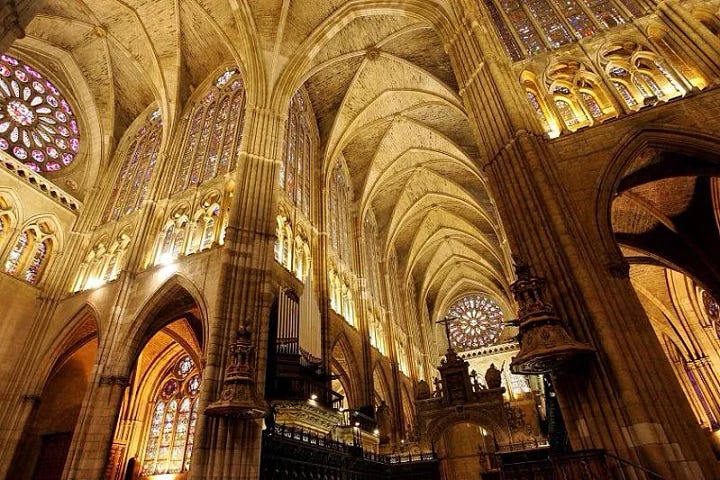
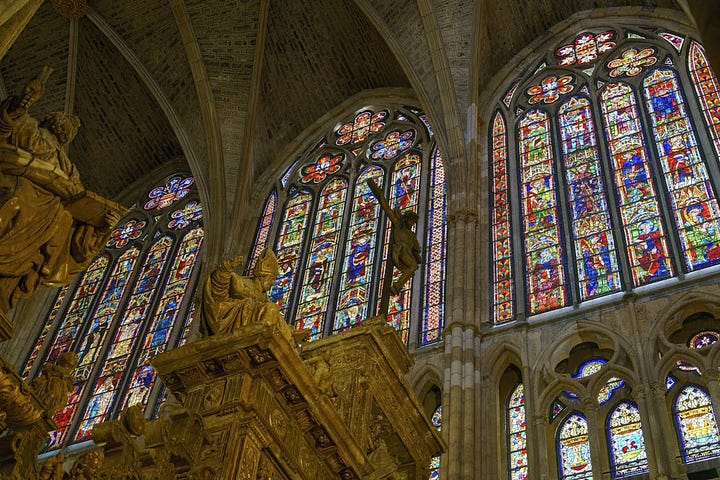
The oldest cathedral along the Camino Francés is located in the mountains of Galicia in the “impossibly quaint hobbit hamlet” of O Cebreiro. Santa María la Real dates back to the 9th century and contains the famous “Galician Holy Grail”. The traditional palozzas (looking somewhat like “stone igloos with thatched roofs”3) were used from Celtic times 1500 years ago up until the 1960s, designed to withstand severe winter weather at 1200 meters, and housed everything from humans and animals to bread ovens and looms, as well as wood, metal, and leather workshops.
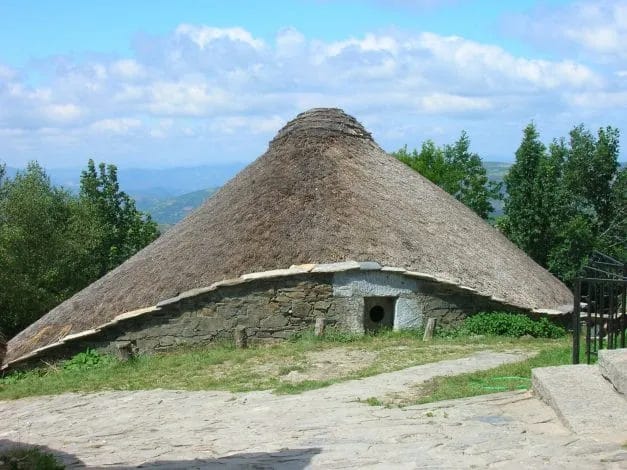
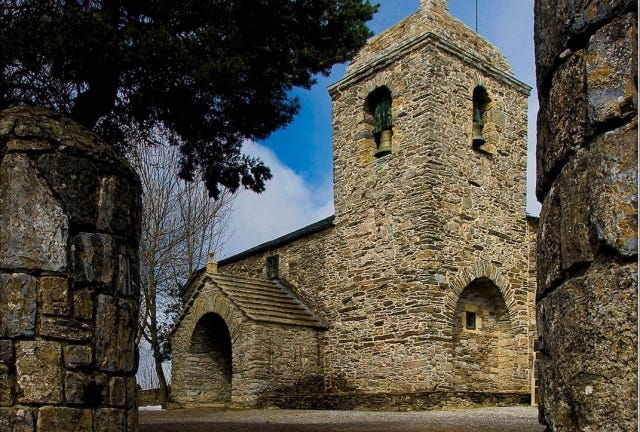
We’ll hike along forest trails and country roads, crossing the River Miño into the town of Portomarín, where we’ll visit the fortress Church of San Nicolás which was rescued and rebuilt stone by stone after a historic flood.
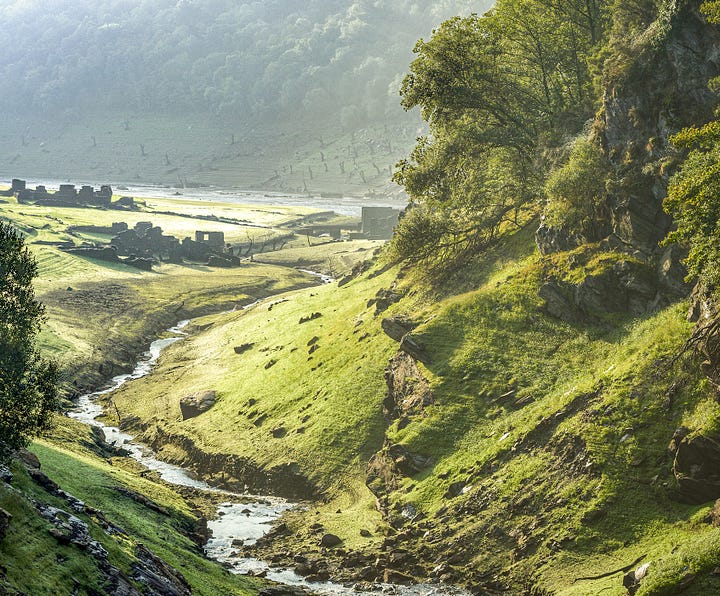
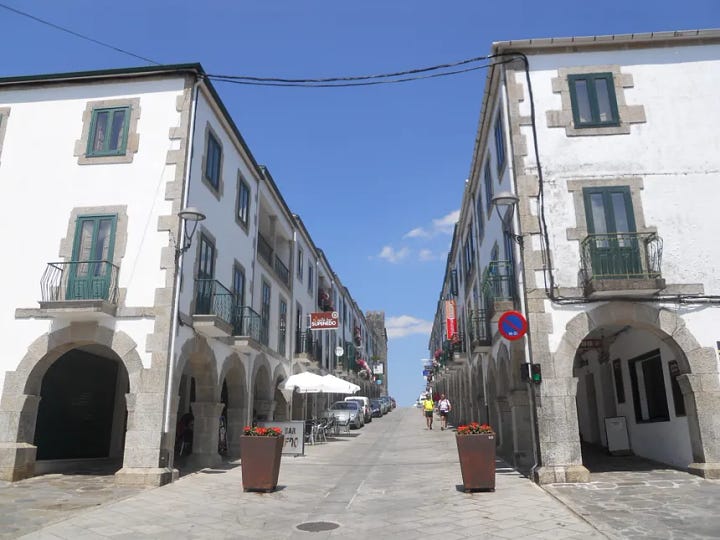
Our pilgrims’ path will lead us along ancient Roman roads and bridges, through natural shady pathways, and scented eucalyptus forests.


Our next-to-last destination is the Cathedral of Santiago de Compostela, where St. James is reputed to be buried. The initial shrine was burnt to the ground in 997, and the construction of this stunning present edifice dates back to 1075. It is massive, containing four façades with adjoining squares, and is the largest Romanesque church in Spain. The interior houses a crypt with the relics of Saint James and two of his disciples as well as the world’s largest thurible (an 80 kg censer which on special occasions wafts incense over pilgrims reaching speeds of 50 mph). A daily Pilgrim’s Mass is held during which the countries of origin of each of the newly arrived pilgrims is announced.
Our final destination is Finisterre, literally “The End of the Earth”4, on the shores of the Atlantic. While this brings our journey to an end, it marks the beginning of our continued pilgrimage in life.
Who are we?
Many of you have been reading along over the last year and have come to know bits and pieces of who we are via our articles (maybe you even dipped into the About page). Here a little more about us:
Peco is the author of the science fiction novel Exogenesis (Ignatius Press) and has been featured in The European Conservative, Catholic World Report, The Imaginative Conservative, as well as various podcast/radio shows. He is a lifelong writer of fiction, a dedicated student of the mind, and a practicing psychologist. I (Ruth) grew up in Switzerland where I developed a deep appreciation for a variety of languages, long mountain hikes, and delicious pastries before adventuring to Canada. I have a MA in Applied Linguistics, am a home educator, have founded and co-ordinated various community programs, and love bringing people of all backgrounds together.
We have lived in bustling cities, a wind-swept island in the Atlantic, and Switzerland. We now make our home in Canada with our three children on the borders of Mennonite country.
Dr. Dixie Dillon Lane is a Catholic historian, essayist, and editor who writes about education, family, and the fully-lived life at her substack, The Hollow. She received her doctorate from the University of Notre Dame and is an associate editor at Hearth & Field, a contributing editor at Front Porch Republic, and a co-editor of the liturgical living substack Signs + Seasons. Her book on the history of homeschooling in America, Skipping School: Finding the Roots of Modern Homeschooling in the American Past, is under contract with Eerdmans.
Dixie grew up in California and Paris and now lives in the beautiful Shenandoah Valley with her husband and their four wonderful kids. She is thrilled to have the chance to deepen her faith by walking in the footsteps of so many centuries’ worth of pilgrims, and hopes you will come and walk beside her!
What is special about our group?
Dixie Dillon Lane sums up perfectly what makes our pilgrimage group special:
As you may know, Ruth and Peco and I each often write about rebuilding personal presence and humane social bonds in our fragmented, tech-incautious society. What better way to do this than by walking, conversing, eating, and praying together on pilgrimage? As Ruth notes, this trip is not just for extroverts — walking together as pilgrims can be a deeply spiritual version of the concept of parallel work (or play), in which we experience something together but also privately.
How will we each grow personally in connection with God in these 11 days? And how will we grow together, as well?
With this tour, we also have the opportunity to invest in traveling this road together as brothers and sisters across denominational lines. Ruth, Peco, and I are Christians from three different faith tradition backgrounds; as a Roman Catholic, I see traveling and praying together on this centuries-old pilgrimage in part as a way for us to strengthen bonds between Christians so that iron may sharpen iron. And if you do not follow a particular tradition but are simply seeking, you are welcome here, too! Let’s walk this road together toward the great cathedral.
(A note for my fellow Catholics: although we will not have a priest among the leaders, there will be frequent opportunities to attend Mass.)
Is it affordable?
We all know that European tours, even pilgrimages, are dependent on an aligning of stars in terms of time, treasure, and availability for individual travelers. I hope some of you may see those lining up so that you may come on this great adventure with us.
This is a once-in-a-lifetime opportunity for many of us, which is the reason that I myself am grabbing this bull by the horns. There are some reasons I can think of not to go, myself — stress, money, responsibilities. There always are. But I feel invited by God to get out of my own way this particular time, for he has made the path available. Sometimes things open up in a way we could not before have imagined.
We would love to have you along on the journey !
So why not join us in this exceptional opportunity of Walking the Camino?
Questions? Please feel free send a direct message to Ruth Gaskovski
Has this invitation made you “Camino Curious”? Please join us for a live meeting on Sunday, February 16th at 2pm EST, when we will talk all things Camino!
People don’t take trips, trips take people.
John Steinbeck
Have you walked on the Camino or another pilgrimage? What was your experience?
Is walking a regular part of your life?
What are some of your favorite books, films, or quotes about walking?
We’d love to hear from you! Please share your questions, thoughts, and reflections in the comments section!
A private vehicle will transport your luggage to the next destination, allowing you to simply take along a light daypack along the walks.
The “Camino Francés” is a World Heritage Site. In its entirety is approximately 780 km (483 miles) long and takes around 31 days to complete.
From the Latin finis terrae “end of the earth”. In Roman times this was believed to be the end of the known world.






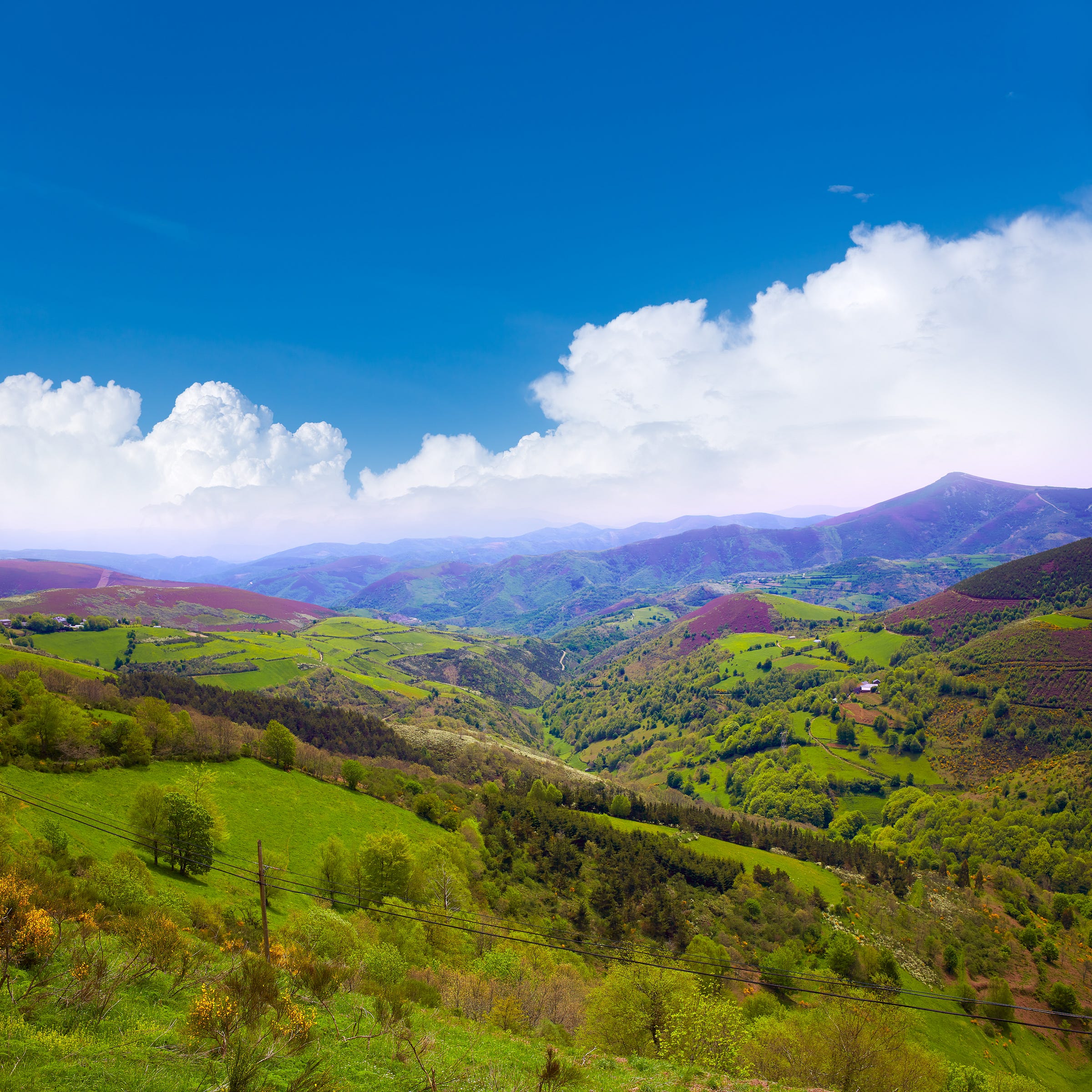

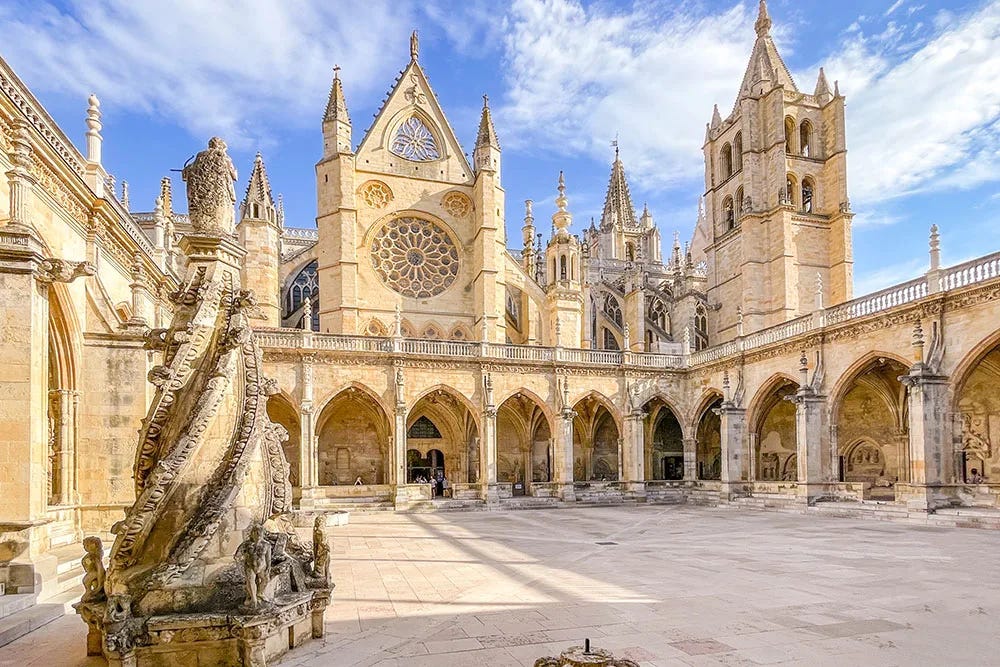
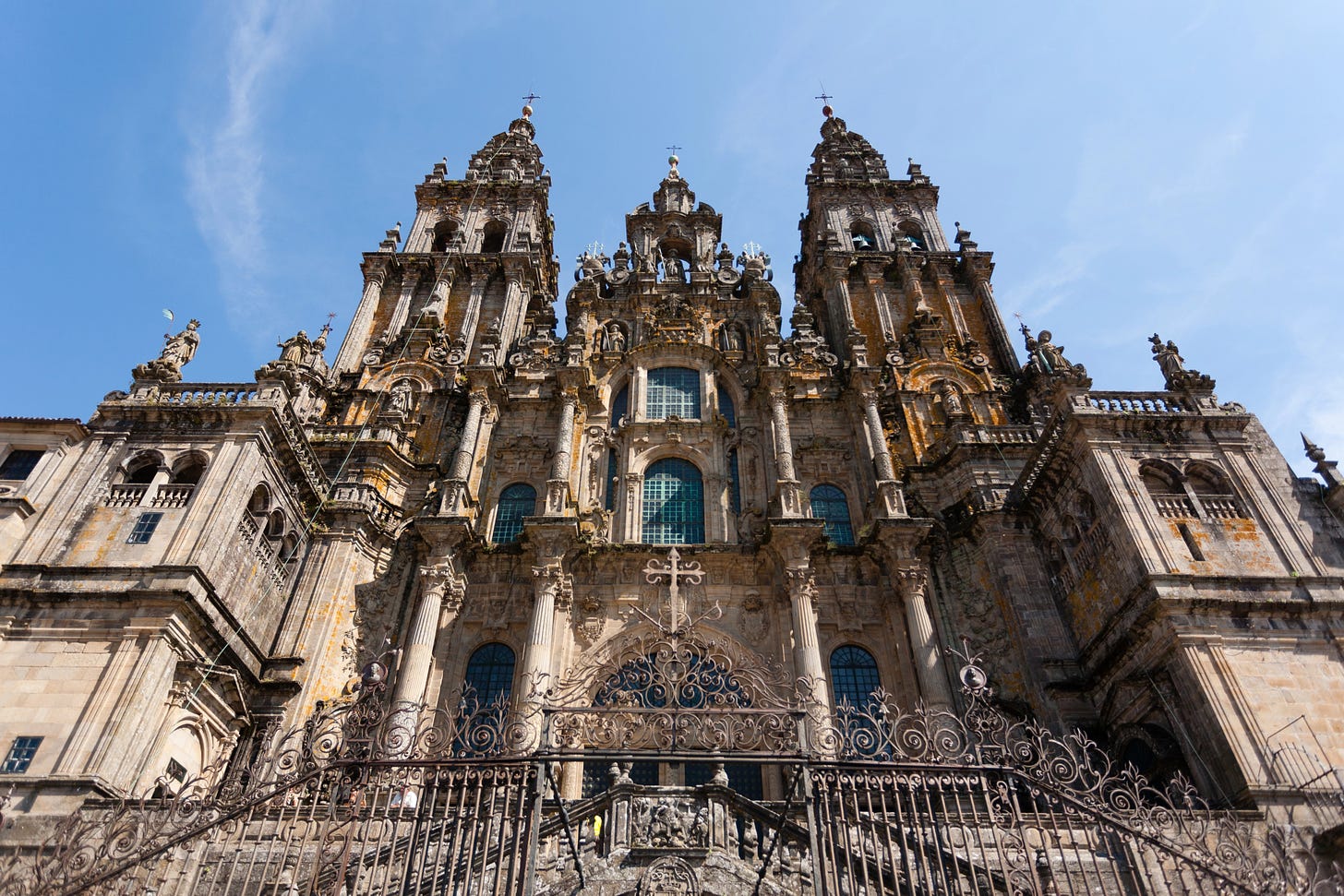

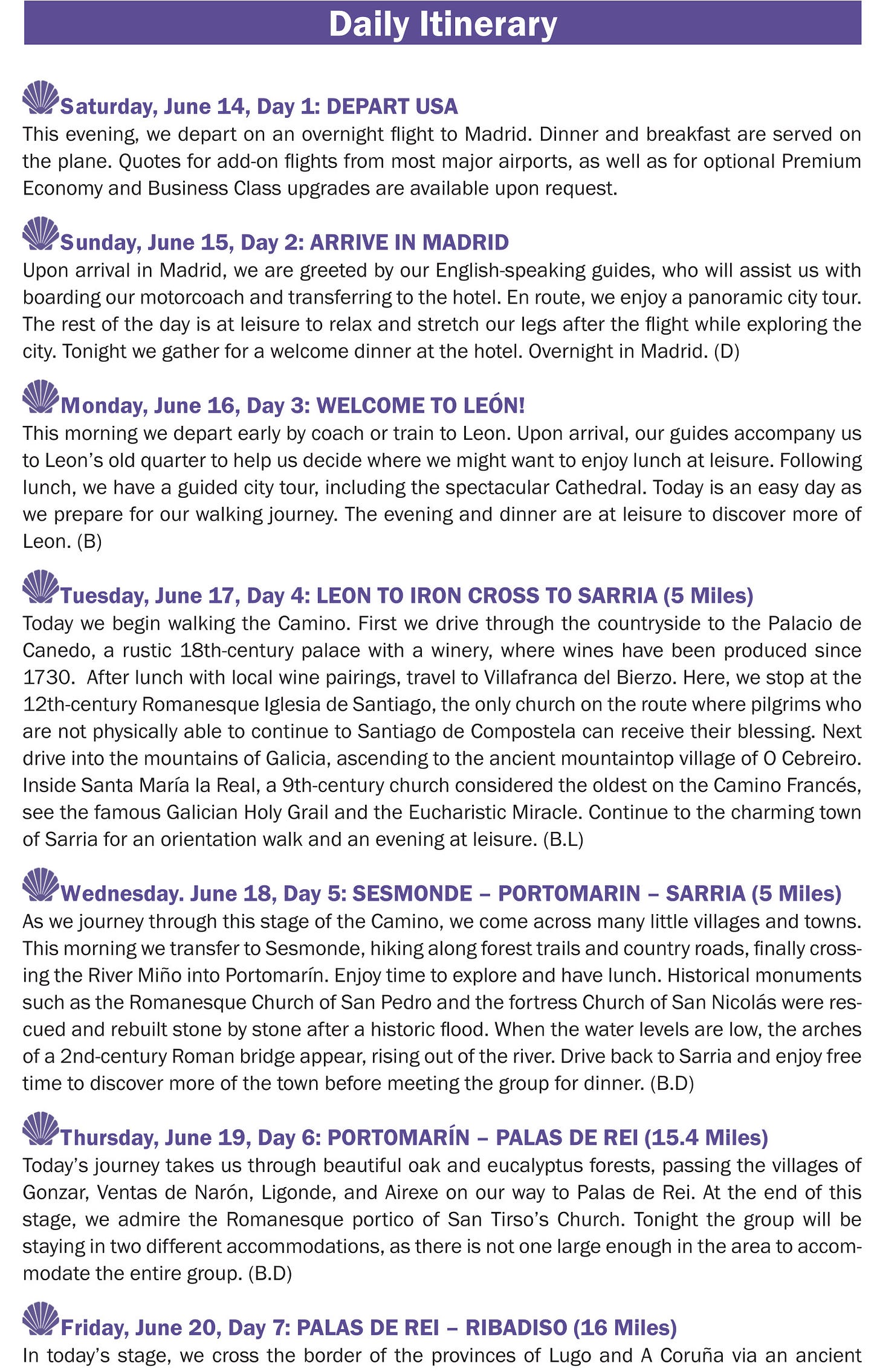
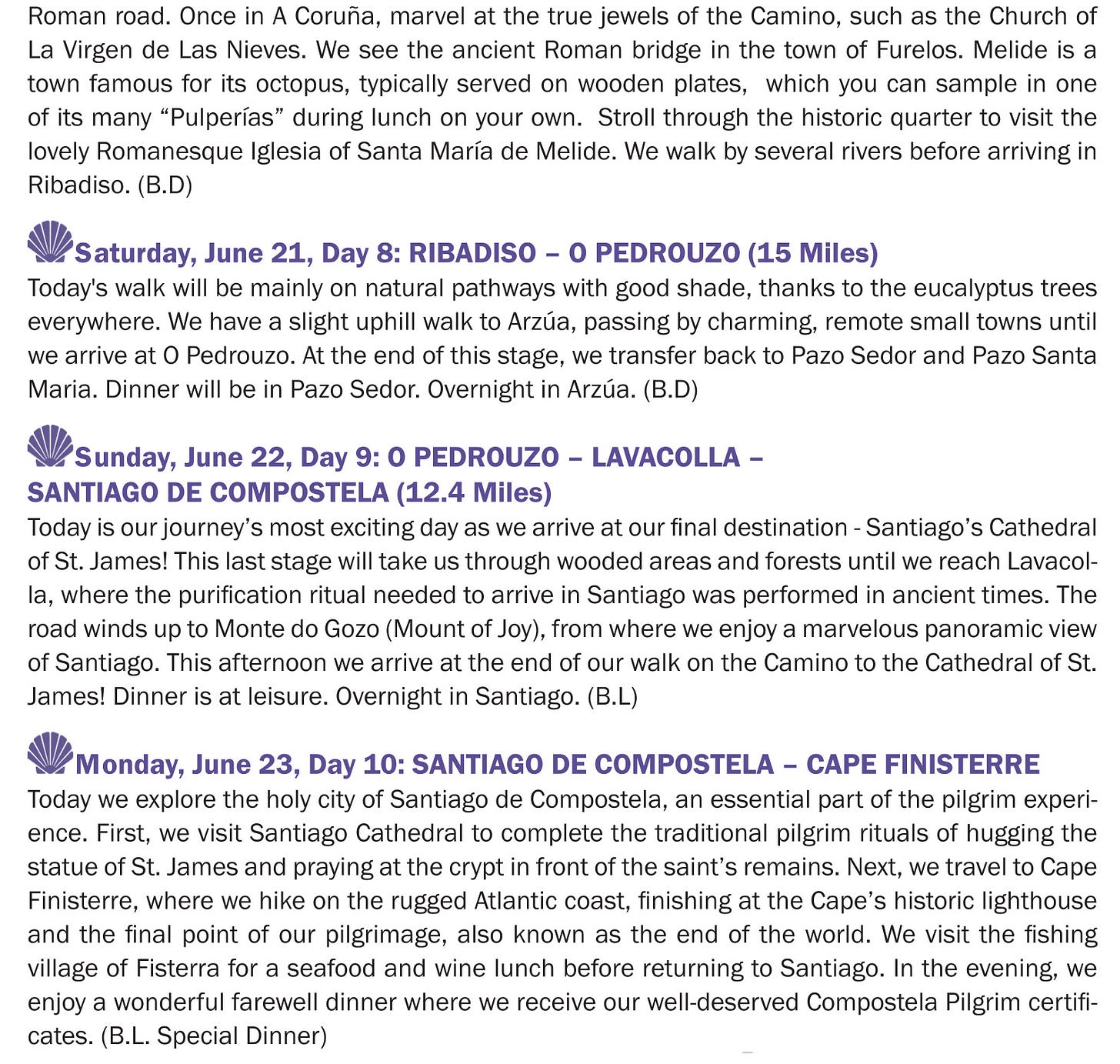
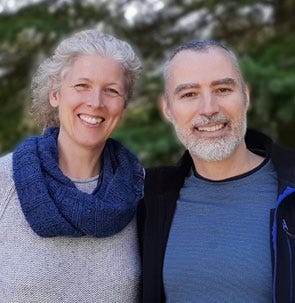
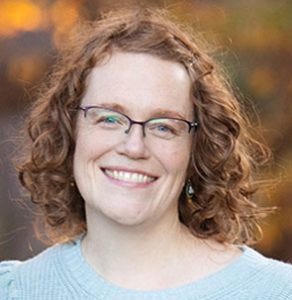
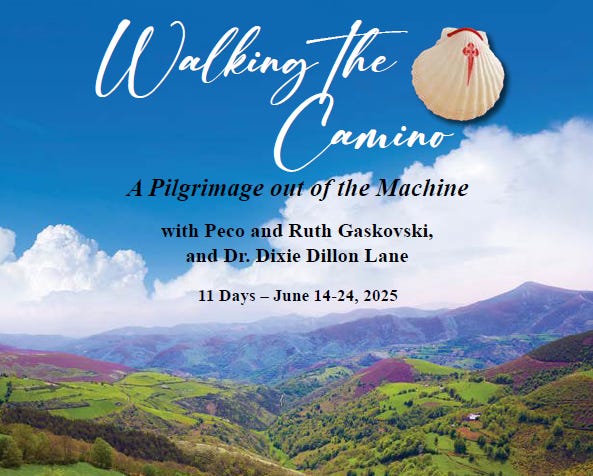
Many blessings on your journey, and the planning that will take place over the next year.
My wife Lisa and I have found great benefit in pilgrimage. She walked the Way of St. Giles in France, and we've also explored using the model of pilgrimage for wilderness travel (both hiking and canoeing) in North America. It's a little different as we lack the ancient Christian religious sites, but the practice of praying with Creation and humbling ourselves by traveling by foot (or paddle) remains deeply edifying and transformative. The Liturgy of the Hours takes on a new clarity and intensity when prayed at a campfire or by the water's edge. It's been a helpful way for us to de-objectify our relationship with the created order, and remember that we're 'fellow pilgrims' with the rest of God's creatures, as well.
I remember John Muir saying the same "it can be solved by walking." When trying to persuade people that their addictive tech is harmful, the best tactic I've found is getting them back into nature, and pushing them to the good, vs telling them what is bad.